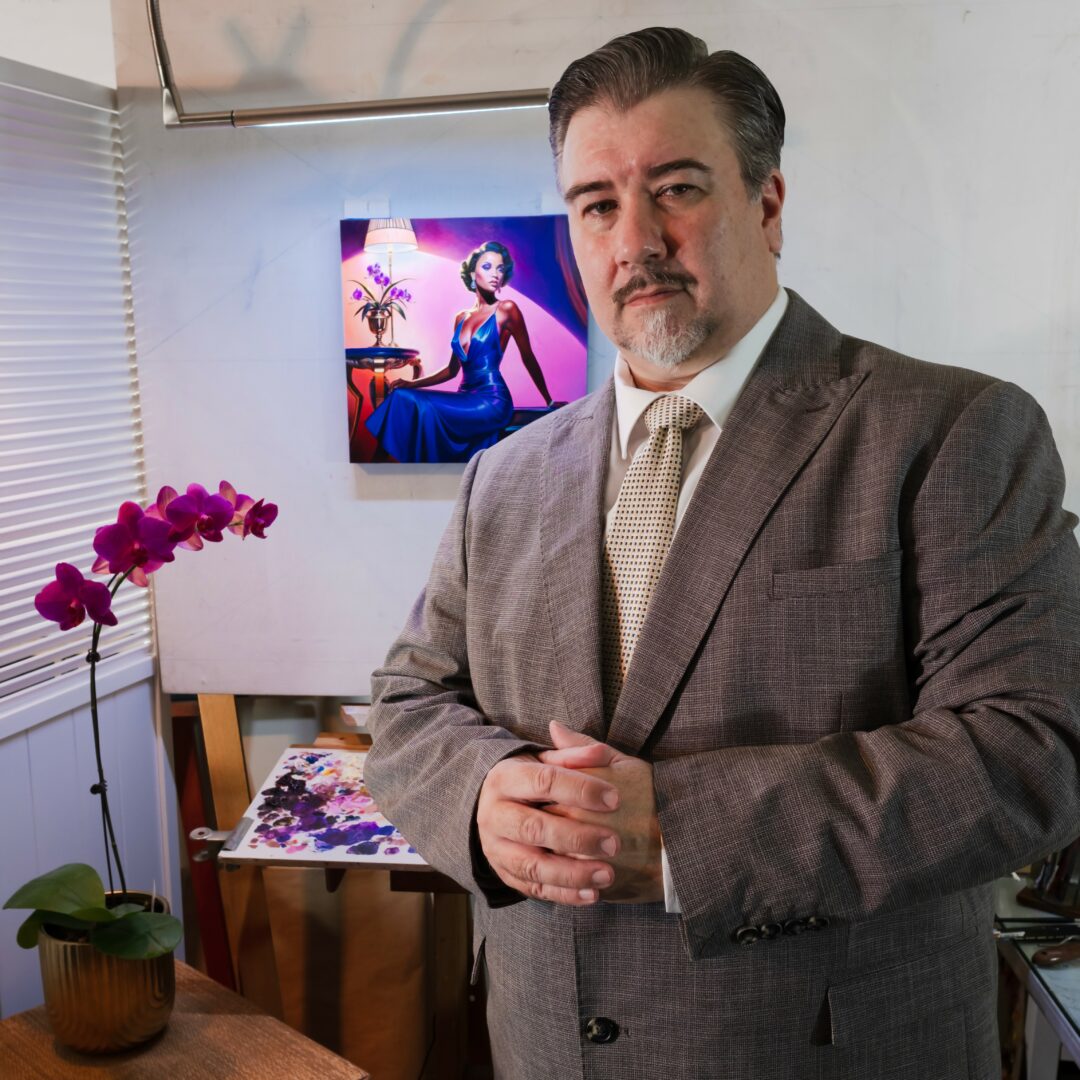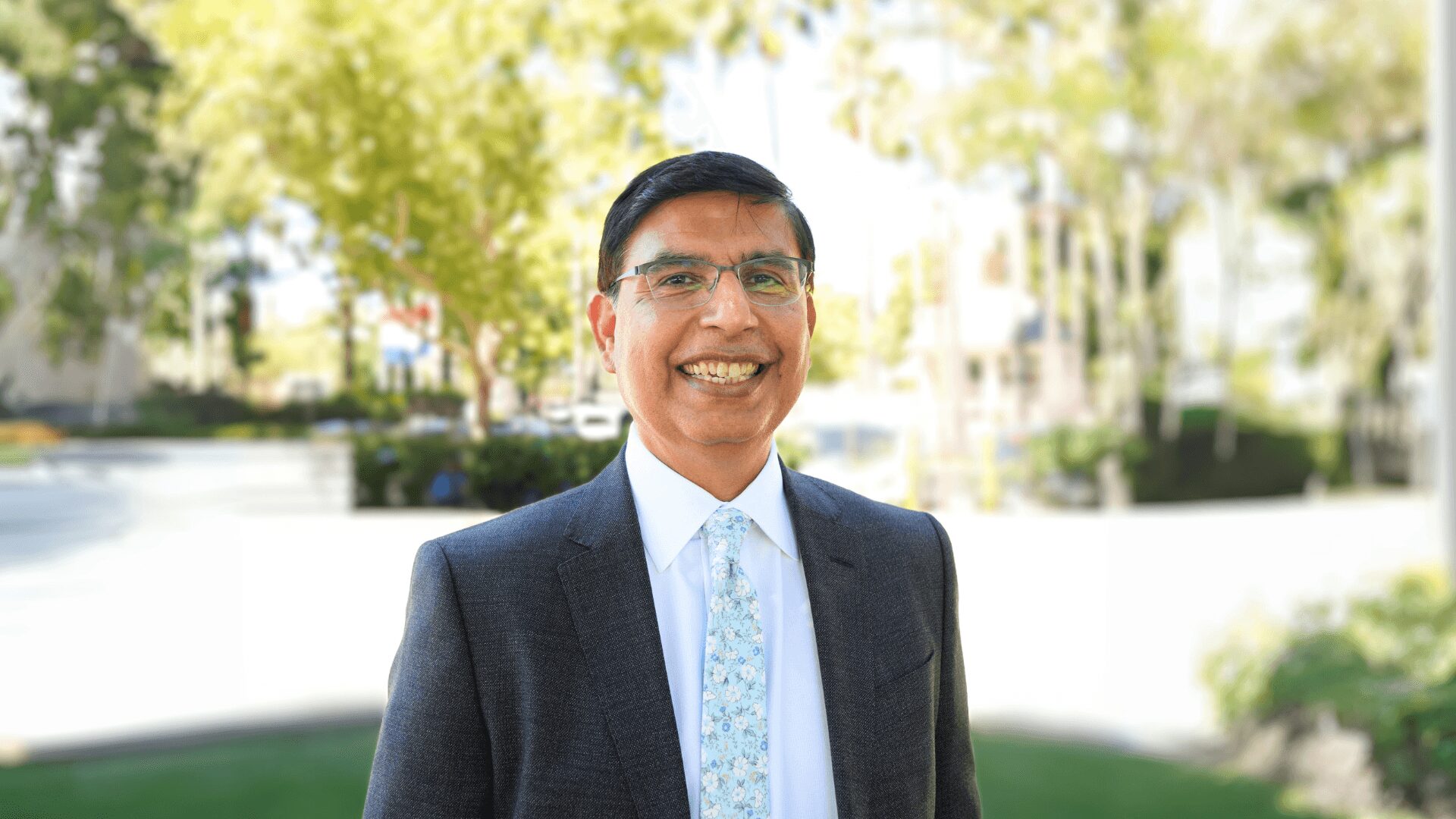We caught up with the brilliant and insightful Brett Moffatt a few weeks ago and have shared our conversation below.
Brett, we’re thrilled to have you sharing your thoughts and lessons with our community. So, for folks who are at a stage in their life or career where they are trying to be more resilient, can you share where you get your resilience from?
My resilience comes from learning early that if you want beauty in your life, you have to create it yourself. I grew up in the Fassifern Valley in rural Queensland—a place where culture wasn’t something you encountered, it was something you had to consciously construct. There were no galleries, no museums, no sophisticated visual traditions readily available. That quiet, austere landscape taught me that culture isn’t given—it’s made through sustained effort and disciplined observation. I became fascinated by light, by the way it transformed ordinary things into something transcendent. I studied people—the way a gesture could reveal character, how shadow could suggest an entire emotional world. This habit of close observation became a form of endurance itself, a patient discipline that would later define my entire artistic practice.
Working in theatre and on film sets deepened this understanding. I saw how fragile creative dreams could be, and how powerfully people persisted despite that fragility. Theatre—that strange alchemy of glamour and grit—taught me that beauty doesn’t just happen; it’s architected, lit, rehearsed, and fought for. This brought me to Hollywood’s Golden Age—not as nostalgic escape, but as recognition. I saw in that historical moment the same principle I’d learned in Queensland: that sophisticated beauty is a deliberate construction, created by people who took aesthetics seriously as craft. The studio system, for all its flaws, represented a moment when visual intelligence was pursued with the same rigor that renaissance workshops brought to painting.
As an artist, I see myself as a custodian of that visual language—but not a naive one. I understand that this beauty emerged from systems that were often corrupt, that glamour frequently masked exploitation, that the dream factory had profound human costs. My current work, particularly the After The Golden Hour series, explores precisely this tension: how genuine aesthetic achievement and problematic systems coexisted, how love existed in impossible circumstances, how beauty can be real even when its origins are complicated. This is where my resilience truly manifests—in the willingness to hold contradictions without collapsing them. I refuse to be either the cynical critic who dismisses all Golden Era beauty as suspect, or the naive romantic who ignores the darkness beneath the glamour. I paint in the space between, creating work that honors genuine artistic achievement while acknowledging complexity.
My resilience is the ability to stay loyal to nuance when the culture demands simplification. It’s continuing to paint with meticulous historical accuracy in an era that often dismisses such precision as irrelevant. It’s believing that teaching people to see with greater sophistication—to understand how light creates meaning, how composition shapes emotion, how mystery can be more powerful than explanation—remains urgent cultural work. Ultimately, my resilience is rooted in the same lesson I learned as a kid in rural Queensland: culture is something you build, consciously and carefully, in whatever landscape you find yourself. I’m still building it—painting by painting, research by research, continuing the work of creating beauty in a world that needs it, even when that beauty asks difficult questions. That’s what keeps me in the studio. Not nostalgia, but cultural stewardship. Not escape, but engagement. The belief that sophisticated beauty is worth fighting for, and that the fight itself is a form of resilience.

Great, so let’s take a few minutes and cover your story. What should folks know about you and what you do?
I’m a contemporary realist painter exploring the space between revelation and mystery, inspired by the sophisticated glamour of Hollywood’s Golden Age. My work reinterprets that era’s visual language to examine the tension between beauty and truth, performance and authenticity.
With a background in theatre and film make-up artistry, I create cinematic tableaux using live models, vintage clothing, and dramatic lighting to evoke moments of suspended emotion. I see myself as a custodian of a long tradition — preserving elegance and mystery while giving them psychological depth for today’s world.
My upcoming solo exhibition, After the Golden Hour (PoetsArtists & 33 Contemporary Gallery, USA, Sept–Oct 2026), is a poetic reflection on the fading light of old Hollywood and its enduring allure. Through paint, photography, and film, I invite viewers to rediscover the quiet power of beauty, restraint, and human complexity.
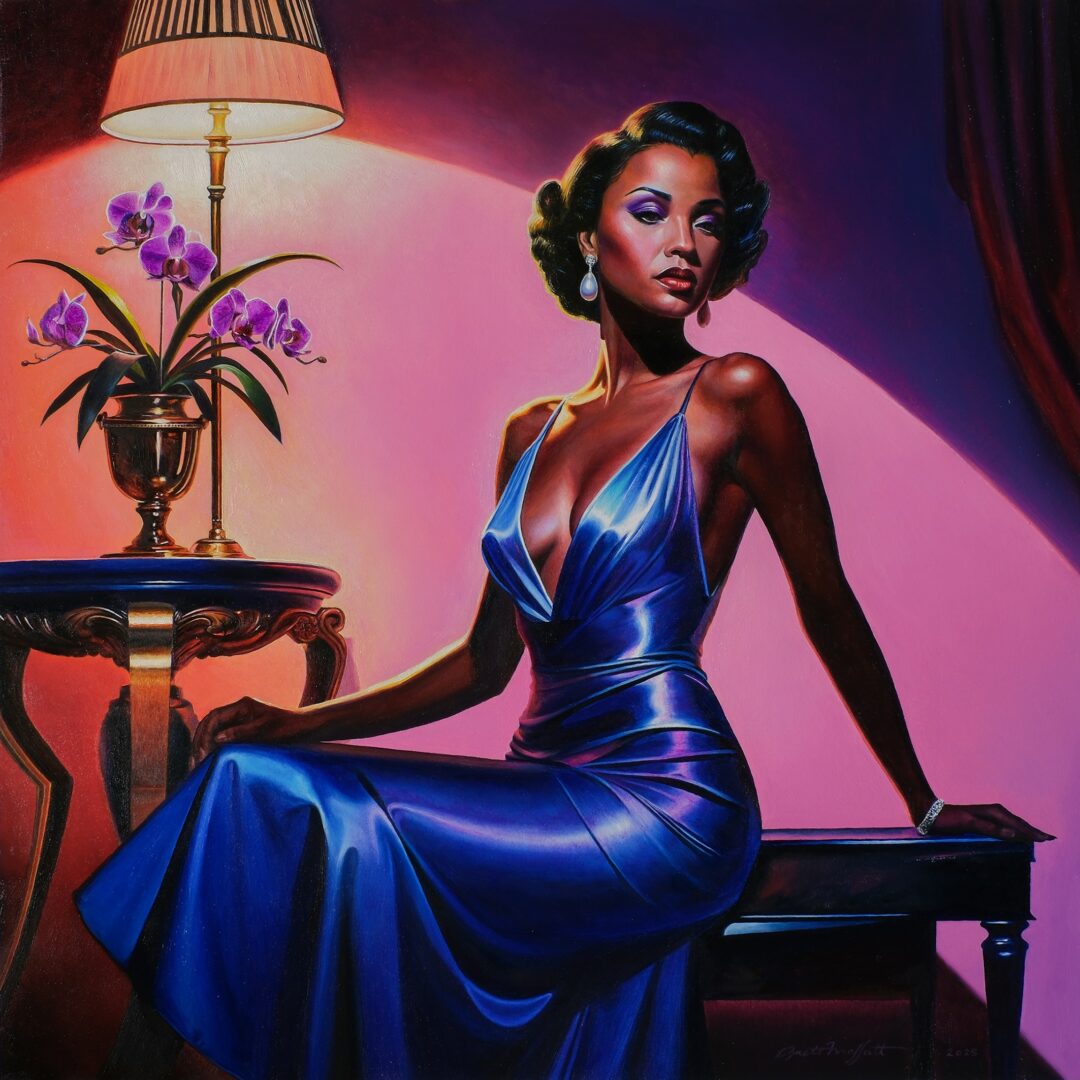
If you had to pick three qualities that are most important to develop, which three would you say matter most?
Looking back, the three most impactful qualities in my journey have been curiosity, resilience, and discipline—but not in the way those words usually get used. For me, they’re deeply interconnected. Each one reinforces the others.
Curiosity came first, and it was born from necessity. Growing up in the Fassifern Valley with almost no access to formal culture, I learned early that if you wanted to experience beauty, you had to train yourself to see it. I became obsessed with observation—how light transformed ordinary moments, how a single gesture could reveal someone’s entire character, how shadow created psychological weight. But this wasn’t just passive appreciation. I was actively investigating, almost like an archaeologist excavating meaning from what others might walk right past. That taught me something crucial: observation itself is a creative act. It’s a form of devotion. My advice to anyone starting out is to cultivate that same relentless curiosity about how beauty actually works. Don’t just admire what moves you—interrogate it. Why does that specific lighting create emotion? How does this composition shape the story? Why do certain colors feel psychologically true? That analytical curiosity becomes the foundation of everything authentic you’ll make.
Resilience came from learning to hold contradictions without needing to resolve them. Working in theatre and film, and later as a painter exploring Hollywood’s Golden Age, I’ve had to celebrate genuine aesthetic achievement while being honest about the problematic systems that produced it—to honor beauty while staying clear-eyed about its costs. There were long stretches where recognition didn’t come, where I wondered if work this nuanced could find an audience in a culture that prefers things simple and resolved. I learned that resilience isn’t blind optimism. It’s the capacity to stay loyal to complexity when everything around you is demanding simplification. It’s continuing to paint with meticulous historical accuracy when the contemporary art world often dismisses that kind of precision as irrelevant. My advice: fall in love with the questions, not just the answers. The tension between celebration and critique, between beauty and honesty, between what we aspire to and what’s real—that’s where meaningful work lives. Resilience is the willingness to stay in that uncomfortable space because you believe sophisticated seeing still matters.
And discipline—but not discipline as grinding obligation. I paint consistently because I see this work as cultural stewardship. I’m preserving aesthetic intelligence that might otherwise be lost—knowledge of how light creates meaning, how composition shapes emotion, how technical mastery can produce something transcendent. Every morning in the studio isn’t just personal practice; it’s an act of cultural conservation. That sense of purpose transforms discipline completely. It stops being something you force yourself to do and becomes something you can’t imagine not doing. My advice is this: connect your daily practice to something larger than your own success. Maybe you’re preserving historical techniques, maybe you’re teaching people to see with greater sophistication, maybe you’re proving that beauty and complexity can coexist. When you understand each studio session as serving a mission beyond yourself, discipline shifts from struggle to meaning. Those small daily acts of commitment aren’t just building your career—they’re building culture.
These three qualities work together as a system: curiosity reveals what matters, resilience keeps you engaged with complexity, and discipline ensures you contribute something lasting. That’s the architecture of a meaningful artistic life—at least, that’s how it’s worked for me.
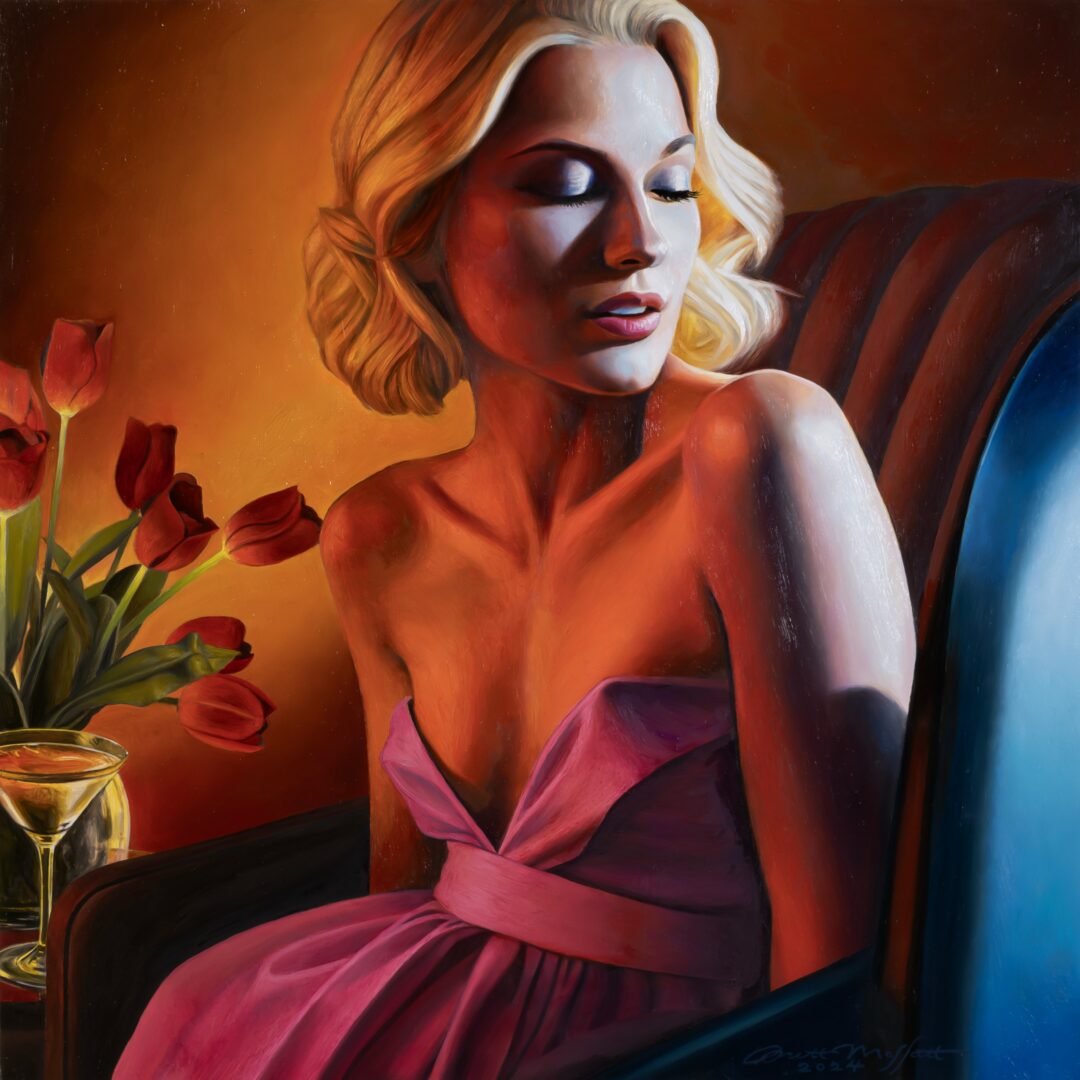
Okay, so before we go we always love to ask if you are looking for folks to partner or collaborate with?
Although painting is often a solitary pursuit, collaboration sits at the heart of my creative process. Each artwork begins long before the first brushstroke — through the collective efforts of models, make-up artists, hair stylists, filmmakers, and vintage curators who help bring the vision to life. Together, we build cinematic worlds that capture the elegance, mystery, and emotional depth of a bygone era.
I’m always open to collaborating with creative professionals who share a passion for storytelling, atmosphere, and authenticity — particularly those working in film, photography, costume, set design, or vintage fashion. I value collaborators who understand nuance, who can see the poetry in restraint, and who enjoy working toward something timeless rather than trendy.
If this resonates, I’d love to connect. You can reach me via my website or Instagram (@brett_moffatt). Every meaningful collaboration begins with a shared curiosity — and the courage to create something unforgettable together.
Contact Info:
- Website: https://brettmoffatt.com/
- Instagram: @brett_moffatt
- Facebook: https://www.facebook.com/BrettMoffattArt
- Youtube: https://www.youtube.com/@BrettMoffatt

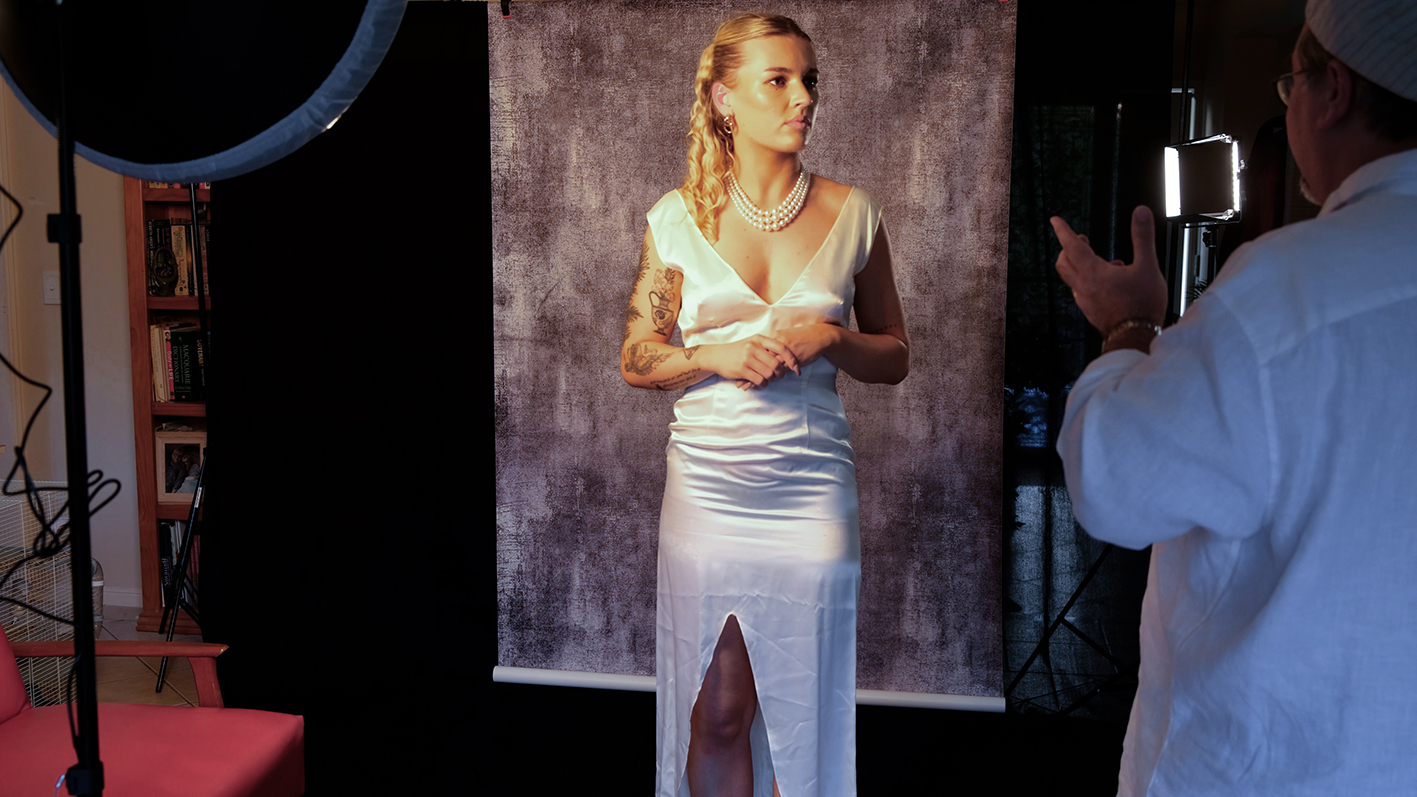
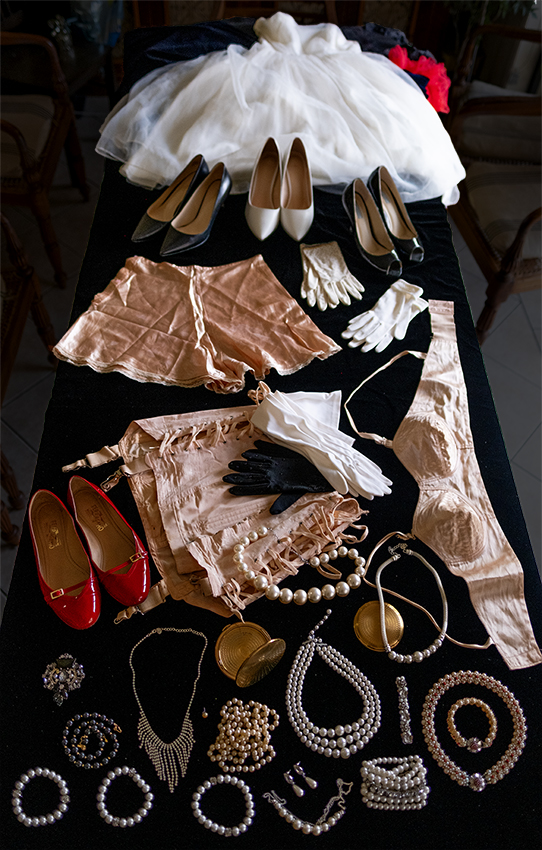
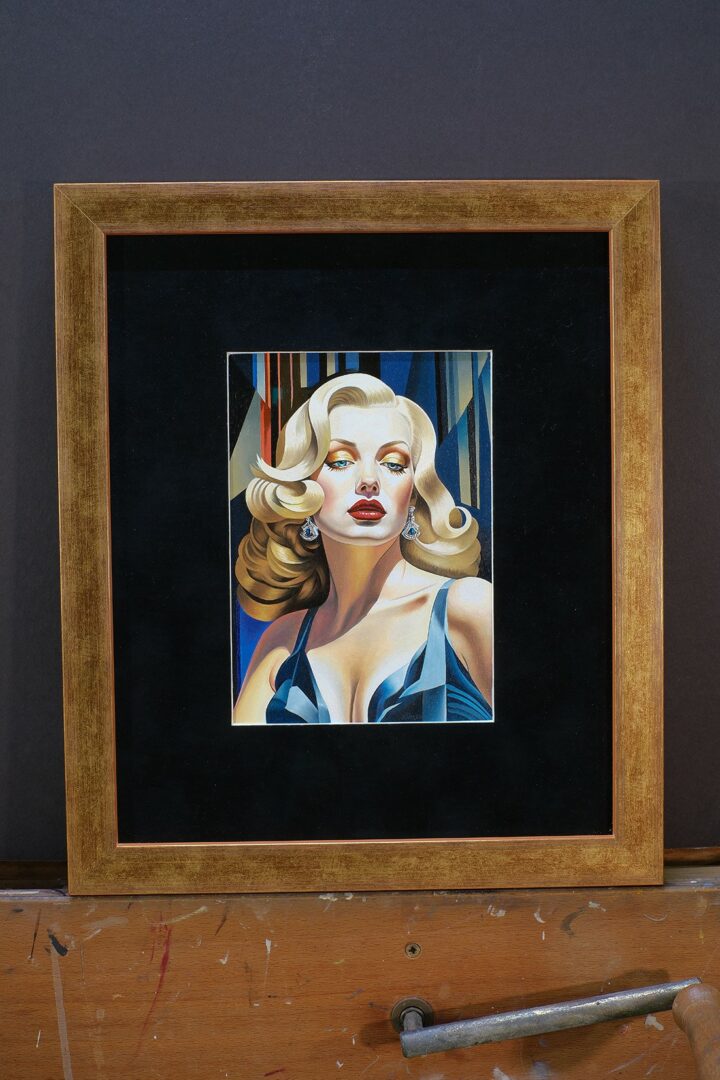
so if you or someone you know deserves recognition please let us know here.

